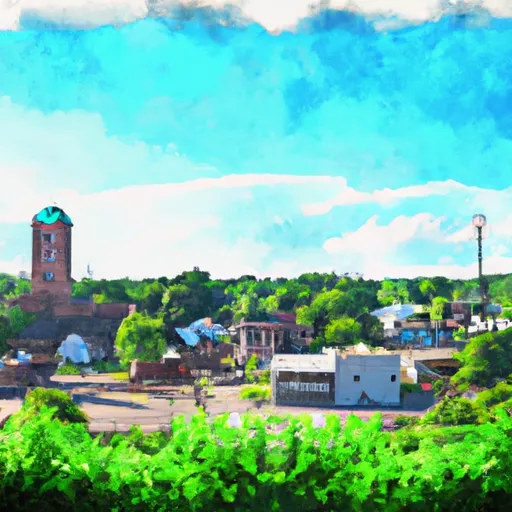°F
°F
mph
Windspeed
%
Humidity











Sonora, Ohio is a small village located in the northeastern part of the state. The climate in Sonora is classified as continental, with warm summers and cold winters. Summers are typically mild to hot with temperatures ranging from the mid-70s to the mid-80s Fahrenheit, while winter temperatures can drop to the low 20s. Precipitation is fairly evenly distributed throughout the year, with an average annual rainfall of about 40 inches.
Sonora is situated near the Mohican River, a major hydrological feature in the region. The river provides opportunities for various water-based activities, including fishing, boating, and canoeing. The river is known for its diverse fish population, with species such as smallmouth bass, walleye, and catfish.
In addition to the Mohican River, Sonora is surrounded by picturesque natural landscapes, offering outdoor enthusiasts a range of recreational opportunities. The nearby Mohican-Memorial State Forest provides hiking and camping opportunities, while the Mohican State Park offers additional activities such as mountain biking, horseback riding, and birdwatching. Visitors can also explore the Clear Fork Gorge, a scenic canyon carved by the Clear Fork of the Mohican River, which offers beautiful views and hiking trails.
Overall, Sonora, Ohio offers a pleasant climate, diverse hydrological features, and a variety of outdoor recreation opportunities for nature lovers and adventure seekers.
Weather Forecast
Sonora receives approximately 1012mm of rain per year, with humidity levels near 86% and air temperatures averaging around 11°C. Sonora has a plant hardyness factor of 6, meaning plants and agriculture in this region thrive during a short period during spring and early summer. Most plants will die off during the colder winter months.



